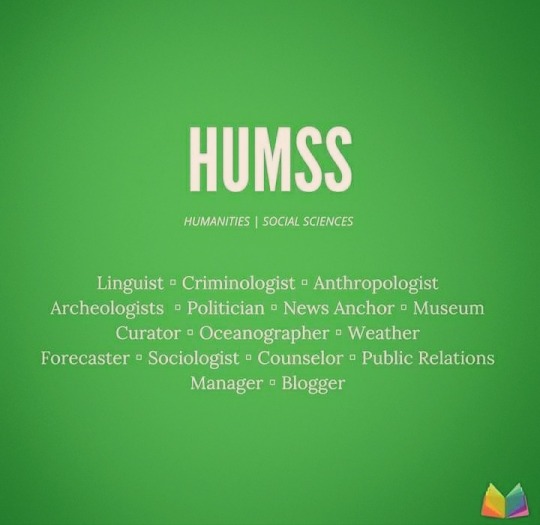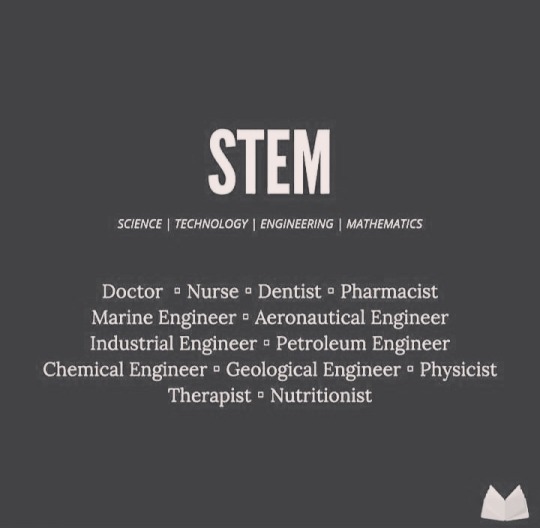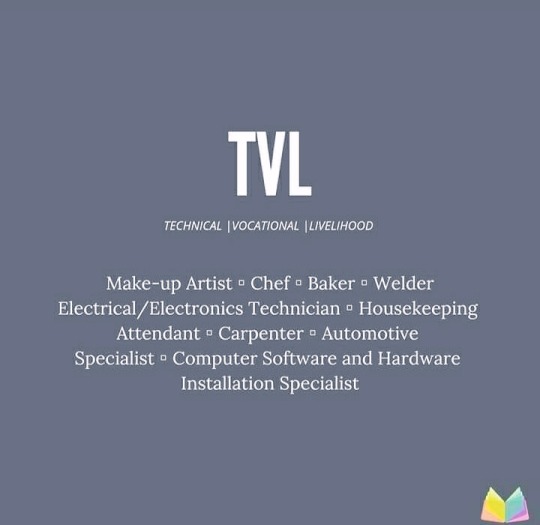Don't wanna be here? Send us removal request.
Text
DIFFERENCES AND SIMILARITIES IN 21ST CENTURY LITERATURE GENRES
Literature teaches us humanity, to be sensitive and empathetic towards others. It also provides us an outlet for our thoughts, emotions, and imagination. During the 21st century, these literary pieces have transcended from paper to the digital world and has never stopped ever since.
In this blog, I am going to specify three very important and renowned 21st Century Literature Genres, and we will compare and contrast them. The three pieces are: Graphic Novel, Manga, and Doodle Fiction.
Graphic Novels are narrative and written in comic book formats. These novels can be employed in broad manner, encompassing non- fiction to fiction, from short to long stories.Manga, a Japanese word for comics, is a generic term for all comic books and graphic novels originally published in Japan.Doodle Fictions, are literary presentations where the author incorporates doodle writing, drawing, and handwritten graphics in place of the traditional font to enhance the story, or to add humurous effects.
(Differences in terms of Structure) Differences in Manga and Graphic Novels are very little since both are in comic book style. Both of which have panels to separate a scene from another scene. In terms of text, they vary their language and structure in the formality of the pieces. Basically, the most obvious difference in structure is in contrast to Doodle Fictions. Doodle Fictions follow a novel or story book type of narration, unlike the Manga and Graphic Novels. Doodle fictions show both text and pictures in a way like articles are written, while, the comic book styles don't. (Differences in terms of Elements) Although they have their many respective elemental similarities, they're most common elemental difference is in art style and narration. Doodle fictions use handwritten elements to write its text and drawing. Manga use a very specific Japanese art style to draw the graphics, also they are read from right to left. Elements in Manga always pertain, exclusively, to the Japanese. These Japanese elements include culture, the people, environment, behavior, and the likes. Whereas, the Doodle Fictions and Graphic Novels can be from any country. Lastly, Graphic novels use a very Americanized art style in drawing the comic, and must be read from left to right. (Similarities) In order to tell a story, all of these genres need drawings, illustrations, or graphics. To be even more clear, each of these styles includes images that effectively interest readers. All of them are from the twenty-first century. Each genre could not have existed without the use of a computer or other digital technologies.
The three of these 21st century literary masterpieces have many similarities and differences in terms of structure and elements, yet, these don't actually matter when you read them. Just have fun, be entertained, appreciate the art, and live life at your fullest. Always remember to keep rekindling the fire of literature. All sources for the definition of each literature came from 21st Century Literature from the Philippines and the World.
0 notes
Text
WHY INCOMING SENIOR HIGH SCHOOL STUDENTS MUST CHOOSE A TRACK?
Hello everyone this is from Grade 11 Humss (Vygotsky) as we tackled about why senior high school students must choose their strand.
Senior High School Guide: Choosing the Right Track and Strand K-12 is a relatively new program here in the Philippines if you compare it with our neighboring countries. For students to move into college or the university level, they must undergo junior (Grades 7-10) and senior (Grades 11-12) high school level to be given a diploma. A certification is given during the junior level but finishing the senior high level certifies and validates that a student is qualified for college.
Going into senior high school, students must choose a strand and track they would like to take for the next two years of their senior high school life. There are different strands and tracks students can choose from which can also help them choose a course they might want to take in college. Given the magnitude of this decision, careful consideration is required. Here is a simple guide to assist you in deciding which academic track and strand are best suited to your need is for those who have already and surely decided to pursue a college education after senior high school; basically, it helps you in your journey going to college because of its subject specialization. Under this track there are four strands you choose from:

1.)HUMSS– First is the Humanities and Social Sciences or HUMSS. HUMSS is the strand for students who wish to go into college with the following courses: Political Science or International Studies, English or Filipino Literature, Mass Communication, Education, Performing Arts, and other related courses.

2.)STEM– The next strand is the Science, Technology, Engineering, and Math track, also known as STEM. STEM is the strand for students who wish to go into college with the following courses: Biology, Physics, Mathematics, Engineering, Computer Studies, Information Technology, and so on and forth on the related courses. This strand is a very hands-on type of experience that would be good for students who have firmly decided on their future college courses and profession.

3.)ABM– The third is the Accounting Business and Management or ABM. ABM is the strand for students who wish to go into college with the following courses: Human Resources, Tourism, Hotel and Restaurant Management, Accounting, Business Studies, Marketing, Real Estate, Export Management, Entrepreneurship, and other related courses in this path. This is a suggested strand for those who have their eyes set on creating a business in the future or working in the business sector.

4.)GAS– And the last strand in the Academic track is the General Academic Strand or GAS. Now if you have some uncertainty or confusion in your mind on what specific path you would want to take, then GAS is the strand offered in this track. What makes this good is that the courses offered here are encompassing; meaning in all fields. The things that one can learn in this can help your uncertain mind explore your possible college options. Simply put, this strand is for all college courses.

5.)TVL Track-Our next track is the Technical-Vocational-Livelihood Track. The subjects on this track focus on practical knowledge and job-ready training. Once you take and finish a strand on this track, you will be given the TESDA National Certificate. If your goal is to work immediately or be eligible for certified jobs after senior high school, this track is perfect for you. Finishing any strand from this track gives you skills that are considered and accepted to qualify you for work.
These different tracks, strands, and specializations are intended for you to determine which paths fit your strengths, passions, and skills. Choosing the right Senior High School strand will help motivate you for your future career. Once you choose a strand you like, studying becomes more enjoyable since the strands are designed and specialized to match your interests. Moreover, it expands your knowledge and skills, while at the same time, exposing you to your chosen field of study in preparation for college.
Every student in Senior High School should make a choice is choosing among the give tracks in Senior High School such as Academic, Technical Vocational Livelihood, Sports and Art's & Design. In Academic track it includes three strands: ABM, HUMSS and STEM.
We should always choose the track that we want because it is important for us students of SHS to have more knowledge and straight to our dream course that we really want to achieve before Graduating SHS. And from these tracks we can learn how to manage our time and what we want in the future, from learning to these tracks we can have business as student we can also have a part time and to know more what we can know from these tracks.
#SENIORHIGHSCHOOLHUMSS #11VYGOTSKY (GROUP 1 - MEMBERS)
1.Ivory Crisostomo 2.Kim Valaquio 3.Jolly Sanchez 4.KC Velado 5.Angelie Ucag 6.Diego Castro
3 notes
·
View notes